This post may contain affiliate links.
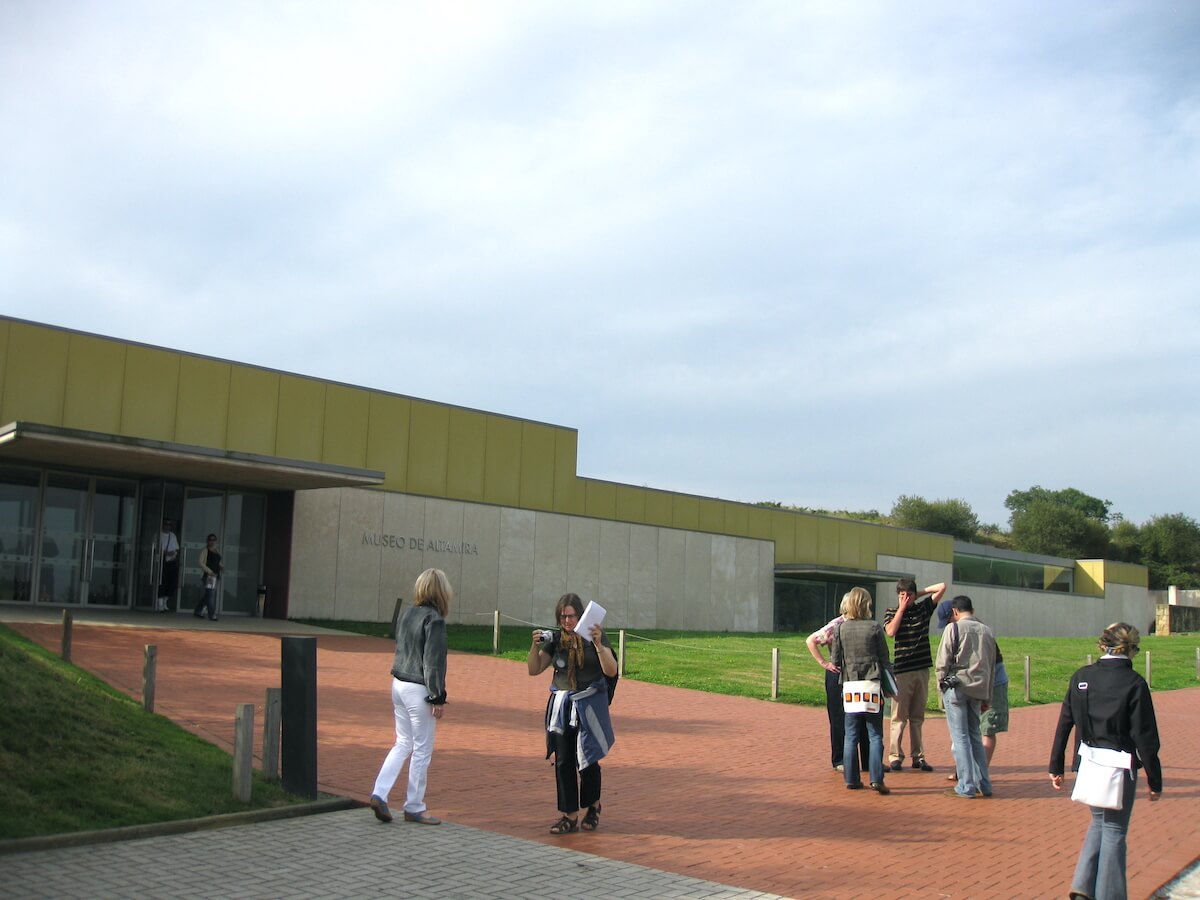
Caves of Altamira
Visiting the Caves of Altamira is a chance to see some of the finest examples of Paleolithic art in the world.
Located in northern Spain, the mysterious Altamira Caves reveal handprints, signs and cave paintings. There are lively bison, horses and deer created nearly 15,000 years ago.
Closed to most visitors for conservation reasons, the site nonetheless offers a fascinating replica cave – the Neocave – that is eerily atmospheric.
Here’s a guide to help you plan your visit.
Altamira – A Replica Cave Experience
Is faking it ever worthwhile? Culturally speaking, that is.
I came a long way to the province of Cantabria in northern Spain to see the famous cave paintings of Altamira, only to find that the Neocave I was about to enter was a ‘conservation facsimile.’
In other words, a replica.
The real Altamira Cave, a UNESCO World Heritage Site, is 200 metres away.
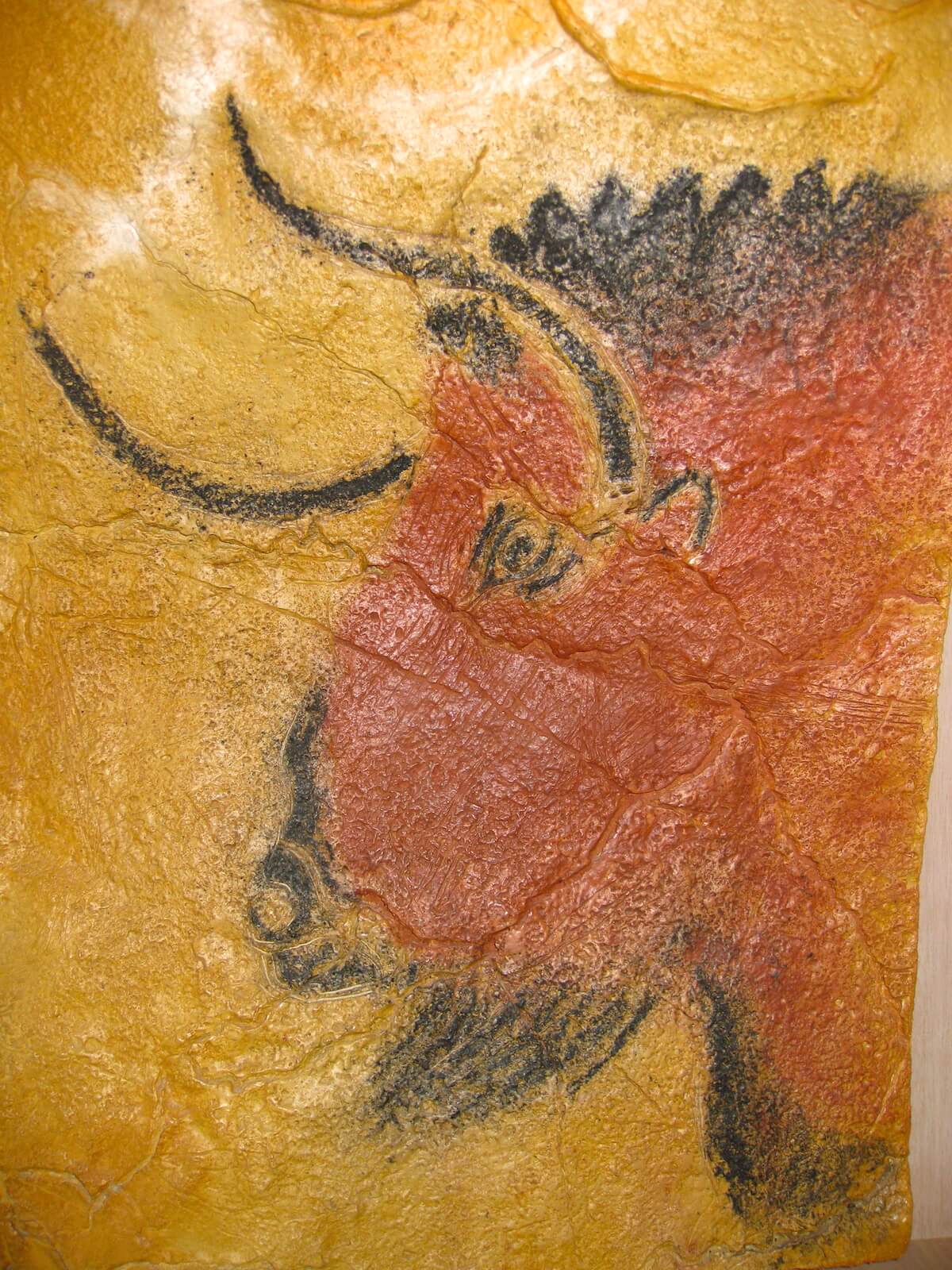
Looking for a tour? This Santillana del Mar & Altamira Museum Tour From Santander is a small group tour with excellent ratings. It includes a visit to the Museum and the Neocave I saw, as well as time in Santillana del Mar, a town from the Middle Ages.
Protecting a Link to the Past
It’s the eternal tourist conundrum – knowing we are killing sensitive sites by showering them with love.
In the Altamira Cave, for example, body heat and moist breath can alter temperature and humidity levels, a potential threat to the paintings – paintings so dynamic they inspired both Picasso and Miro.
Of course these painters were moved by the genuine article, a 270-metre long cavern with over 100 paintings and engravings of bison, deer, horses, handprints and enigmatic symbols.
Created with natural pigments like ochre and coal, they’ve lasted for an incredible 15,000 years.
Our Fascination with Caves
What is it about caves that are so alluring?
Places of mystery, they can be havens, hideouts or sanctuaries. Hidden from sight, caves are secretive and silent, harbouring unique geological formations and links to the past.
Spain has a number of intriguing cave destinations, ranging from Sacromonte cave houses in Grenada to the limestone Cave of Zugarramurdi in Navarre, known for its legends of witchcraft.
The most famous, however, is Altamira. Why? Because of its sensational prehistoric art.
Preserved by Nature for Centuries
Entombed by a landslide that blocked the cave entrance, the Altamira cave paintings were discovered in 1879.
Offering a rare insight into prehistoric man, they became a magnetic draw. In the 1970s the stampede to Altamira reached a crescendo, prompting its closure for preservation reasons.
In 2001 the Neocave was opened, and the art of fakery began.
I’m not big on fakes. Who is? But I’d come too far – just outside the medieval village of Santillana del Mar in a lush swath of the country known as Green Spain – to turn back now.
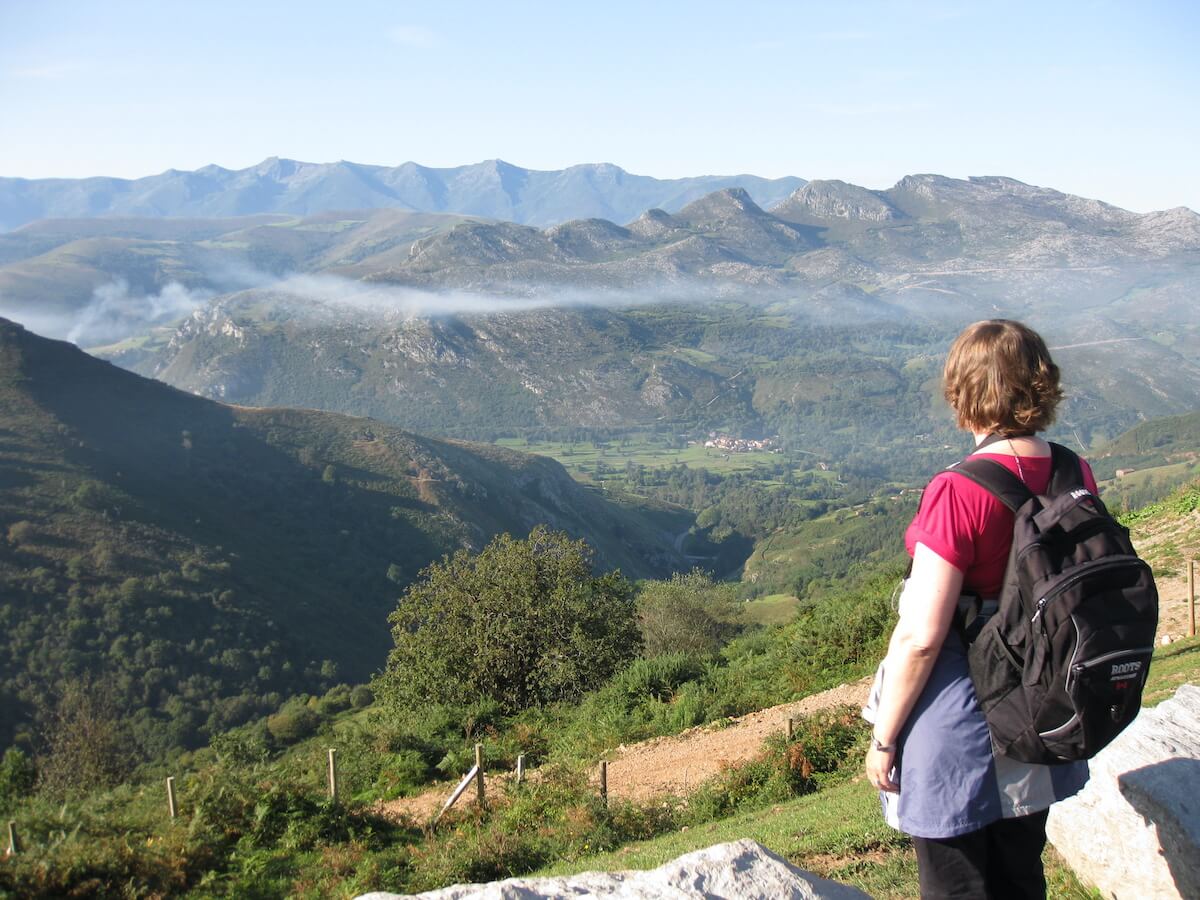
Visiting the Neocave of Altamira
My first thought on entering the Neocave, as the replica is known, was that someone had unearthed a real cave and installed replica paintings – it looks that authentic.
One man in our group knocked on the recreated stone walls, as if to check for himself.
The Amazing Art of Altamira
Our petite dark-haired guide explained that 3D laser scanning using 40,000 information points per square metre was used to reproduce the cave exactly, down to every bulge and crag.
Conversely, the paintings were done by hand using authentic tools and pigments – a task that took two Spanish artists over a year.
Prehistoric Hunter Gatherers
The first chamber of Altamira illustrates Palaeolithic life through a variety of displays.
The cave was inhabited during the Upper Solutrean and Lower Magdalenian epochs (about 18,000 to 13,500 years ago), towards the end of the last ice age.
These Homo sapiens were hunter-gatherers who lived in groups of between 20 and 40.
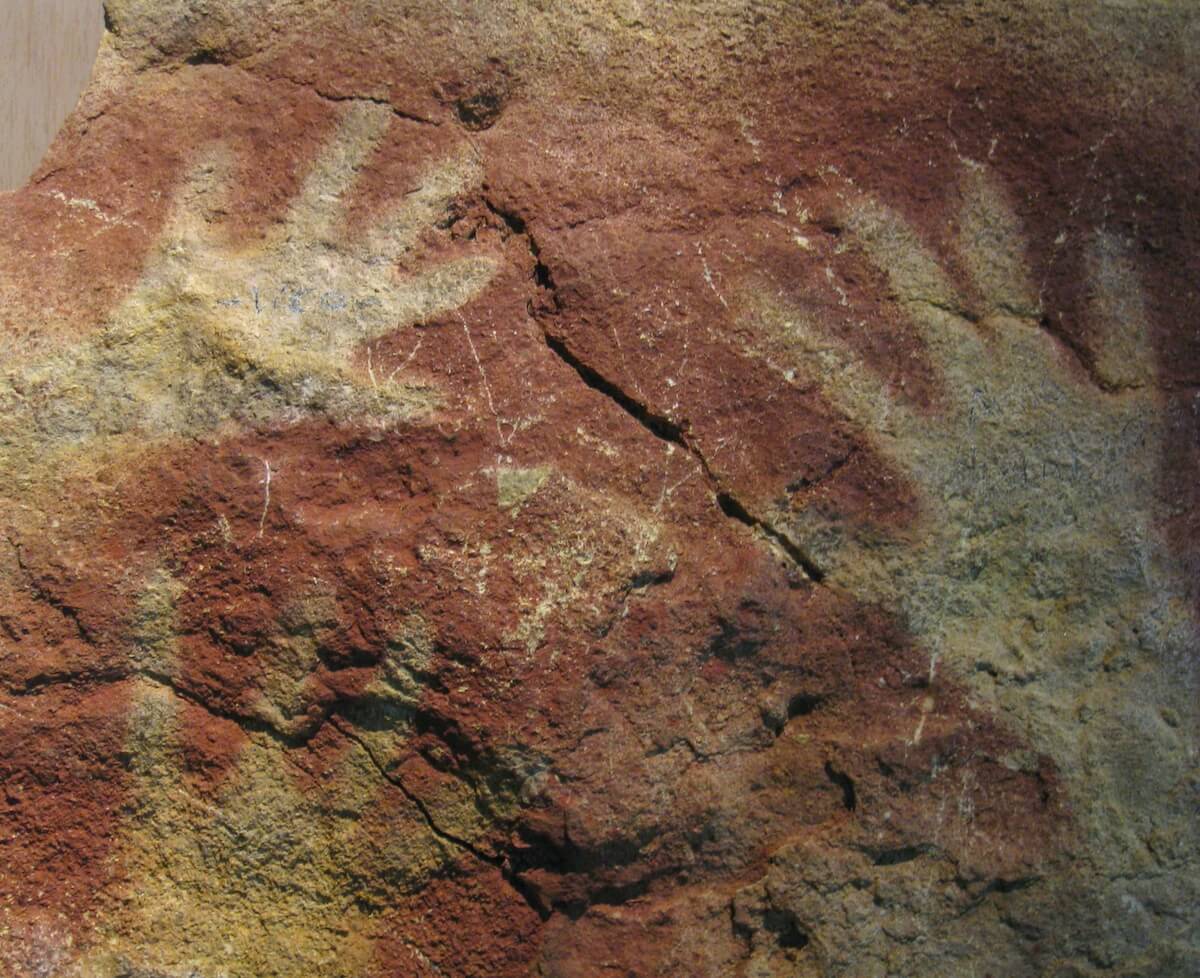
The Polychrome Chamber
The main gallery, the Polychrome Chamber, is the one that packs the punch.
Dubbed the Sistine Chapel of the prehistoric world – the ceiling is alive with rollicking reddish bison and other large animals.
Each beast is unique, some twisting, some crouching, their volume enhanced by the use of the natural curves of the rock.
Altamira Cave was Originally Dismissed as a Fake
The original paintings were initially shunned by scientists. How could primitive man create such masterful pieces of art?
It seems ironic that the originals were dismissed as fakes, when today, tourists are flocking to see the fake originals.
The truth is that between environmental concerns and advances in both computer technology and industrial fabrication methods, high-fidelity fakes are part of our future.
They’re a way of balancing cultural tourism, especially important in depressed areas, with preservation. Other examples of conservation facsimiles already exist, like the replica of the Lascaux Cave in France.
Inside the Cave
In the dim light, our guide shone a light on various features, the tail of a bison, a baleful eye, a delicately-etched horse. There was a momentary silence as we took it all in.
“Why were they made?” someone asked.
The guide laughed. “Historical questions that start with why can never be answered.”
She did say it was likely the paintings were not done for amusement, but for spiritual reasons. That the cave was a primitive form of a sanctuary.
One theory is that the paintings were made to capture the soul of the animal. The codes to its true purpose, sadly, are long lost.
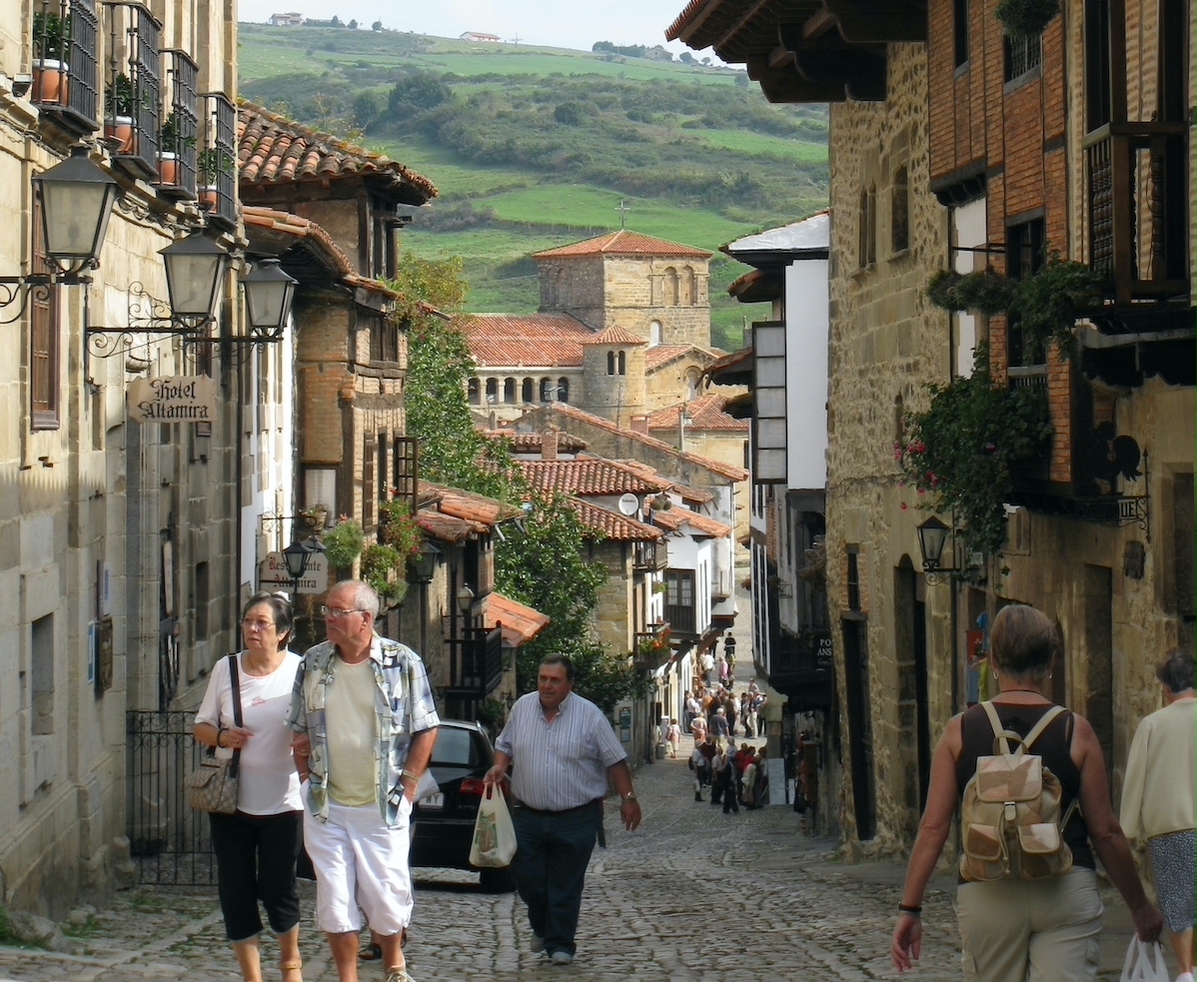
The Mysteries of Altamira
Adding to the mystery of its origins are the abstract designs scattered between the animals. They’re symbols of something, but of what?
Equally intriguing are the handprints. Some are positive (handprints in paint) and some negative, where the hand shape is left bare with charcoal traced around it.
The bare hand seemed surreal, gleaming under the flashlight as if it was reaching through time to pull us in.
And even though I knew it was a copy, it no longer mattered – at least not quite so much. Like a well-crafted movie, the Neocave has sucked me into its pseudo reality. Faking it, it seems, has become an art in itself.
Planning Your Visit to the Altamira Caves
Visiting the Replica Altamira Cave and Conservation Centre
The Neocave is part of the New Altamira Museum, the Museo Nacional y Centro de Investigación de Altamira, a centre for conservation, research and education.
It offers a permanent exhibit on “The Times of Altamira’ and various cultural activities as well as the Neocave itself.
All written information (i.e panels and captions) is available in both Spanish and English. Visit the official website for more information.
Can You Visit the Actual Cave of Altamira?
There used to be a once-a-week lottery on Fridays, when five people were selected for a 37-minute tour of the real Caves of Altamira. Not anymore. Now the five lucky people per week are taken from a waitlist that closed in 2022.
So, can you visit the original Cave of Altamira? Right now, no. Not unless you were waitlisted in 2022.
Altamira Opening Hours
- From May to October the Caves of Altamira are open Tuesday to Saturday from 9:30 – 20:00. Sundays and holidays 9:30- 15:00.
- From November to April the caves are open Tuesday to Saturday from 9:30- 18:00. Sundays and holidays 9:30 – 15:00.
- The caves are closed on certain holidays. Visit the website beforehand.
Cost to Visit the Caves
General admission is €3. Museum entrance is free on Saturdays after 14:00 and all day Sunday.
Where is the Altamira Cave?
The Museum of Altamira is 2 km from Santillana del Mar. It’s 30 km west of Santander on the northern coast of Spain midway between Bilbao and Oviedo, in the province of Cantabria.
The closest bus stop to the Altamira Caves is the village of Herran. It’s a short walk from there.
Is Altamira One Cave or More?
Hm. Both. According the UNESCO World Heritage Site, there are 17 Paleolithic caves with cave paintings that are considered an extension to the Altamira Cave.
So, while there is one Altamira Cave, the 17 caves together are listed as the Cave of Altamira and Paleolithic Cave Art of Northern Spain.
Looking for more Spain travel ideas? Try a visit to Montserrat or checkout some tombstone tourism at the cemetery in Lloret de Mar.
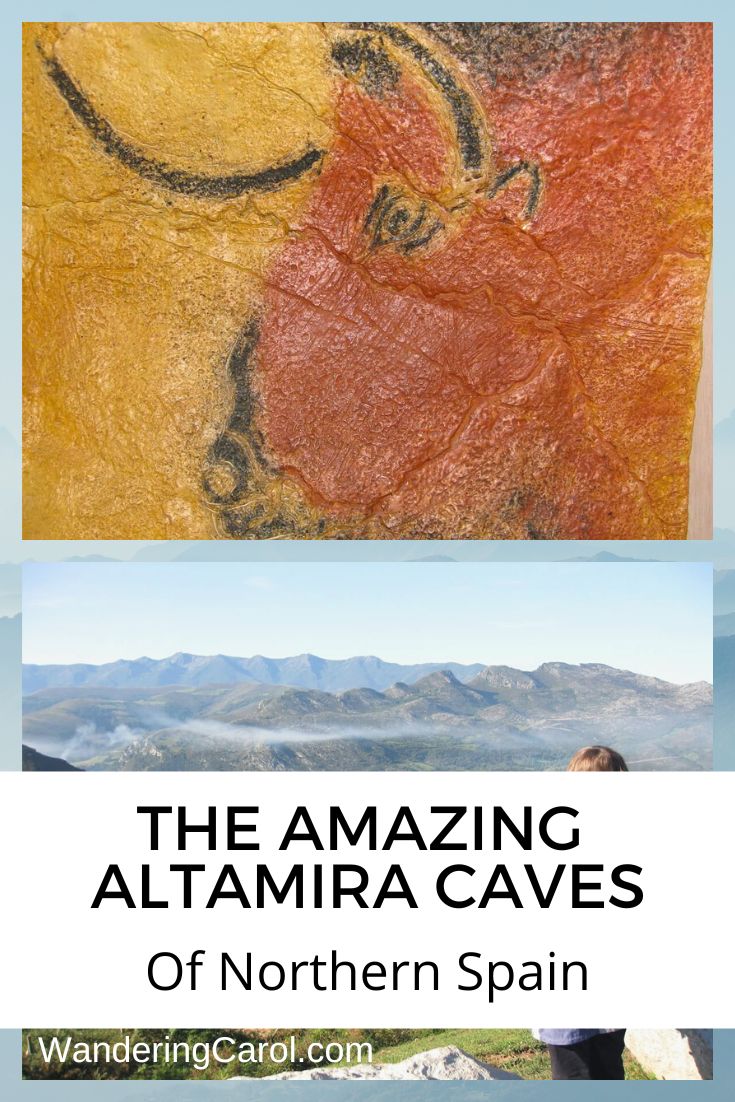
 Celebrity Travel – Where the Stars Go in Winter
Celebrity Travel – Where the Stars Go in Winter
Leave a Reply